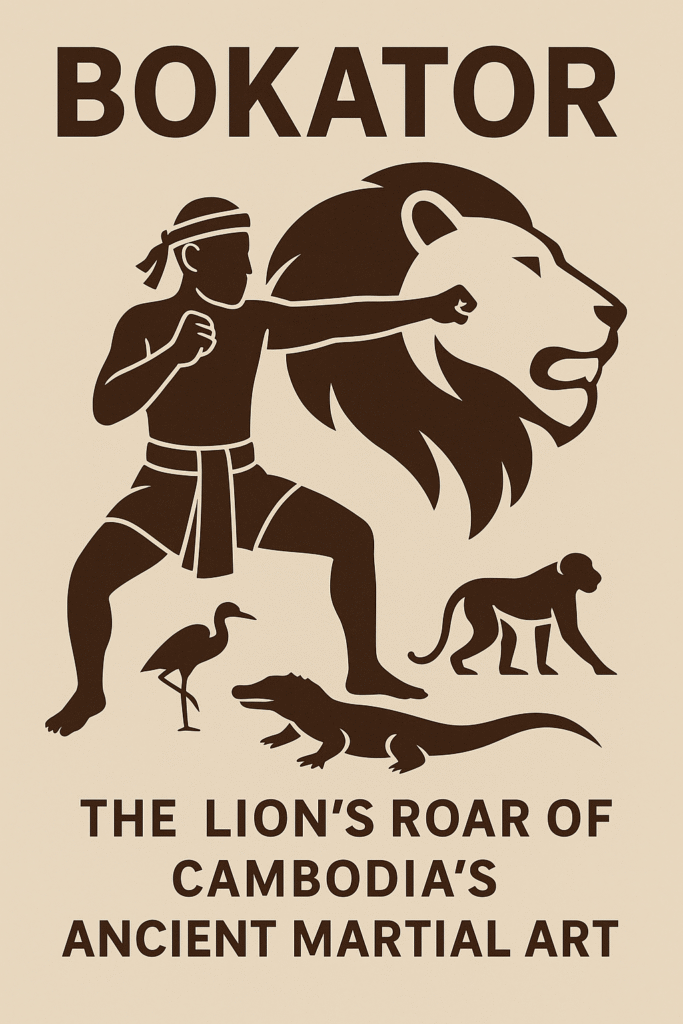While Cambodian cuisine is often represented by iconic lowland Khmer dishes like Amok or Kuy Teav, the highlands and forests are home to distinct culinary traditions deeply rooted in the environments and lifestyles of indigenous communities. Shaped by the availability of local resources, traditional farming practices, and the vital contributions of hunting and gathering, indigenous cuisine offers a unique palette of flavors and reflects a profound connection between people, land, and sustenance.
Gifts of the Forest: Unique Ingredients

A defining characteristic of indigenous highland cuisine is its reliance on ingredients sourced directly from the surrounding natural environment. While cultivated rice is often a staple, the diet is richly supplemented by:
- Wild Vegetables and Herbs: An astonishing variety of edible leaves, ferns, flowers, vines, wild eggplants, and bitter greens are gathered from the forest, providing unique flavors and essential nutrients often absent in cultivated produce.
- Bamboo Shoots: Young bamboo shoots are a common ingredient, prepared carefully (often boiled multiple times or fermented) to remove bitterness before being added to soups, stir-fries, or stews.
- Forest Products: Wild mushrooms, forest fruits, nuts, and honey add variety and seasonality to the diet.
- Insects: Various insects, such as ants (especially weaver ant eggs known for their sour taste), crickets, larvae, and beetles, are traditionally harvested as a sustainable and readily available source of protein and fat.
- Game and River Fish: Traditionally, hunting wild animals (like boar and deer) and fishing in mountain streams provided crucial protein. While pressure on wildlife populations and regulations have impacted hunting, fish and smaller creatures like frogs and snails remain important.
These ingredients, often unavailable in lowland markets, give indigenous cuisine its distinctive character.
Cooking by the Hearth: Traditional Methods

Indigenous cooking methods are often straightforward and make efficient use of available resources, particularly the open fire or hearth that is central to traditional homes:
- Open-Fire Grilling: Fish or small game, often marinated with local herbs and chilies, might be wrapped in leaves (like banana or specific forest leaves) and grilled directly over embers or on simple racks.
- Boiling: Hearty soups and stews, combining vegetables, herbs, and sometimes meat or fish, are commonly simmered in pots over the fire.
- Bamboo Tube Cooking: A signature technique involves stuffing ingredients – rice, vegetables, small fish, or minced meat with herbs – into hollow sections of green bamboo (phahut or similar local terms). The tube is sealed with leaves and placed near the fire to steam or roast slowly, infusing the food with a subtle bamboo aroma.
- Roasting: Tubers or certain vegetables might be roasted directly in the embers. Compared to some elaborate Khmer dishes, indigenous cooking often emphasizes freshness and direct flavors, with less reliance on extensive spice pastes, coconut milk, or deep frying.
Preserving the Bounty: Fermentation and Preservation Techniques

To ensure food availability throughout the year and preserve valuable protein from hunts or fishing trips, indigenous communities employ various traditional preservation methods:
- Fermentation: Similar in concept to the Khmer staple prahok, fish or sometimes meat is fermented, often with salt and rice bran or specific leaves, creating pungent, umami-rich pastes or preserved pieces used as condiments or ingredients. Fermented bamboo shoots are also common.
- Drying and Smoking: Fish and meat are frequently dried in the sun or smoked over the cooking hearth to extend their shelf life. Dried products can be stored and later rehydrated for soups or stews. Vegetables and fruits are also dried.
- Rice Wine (Sraa): The fermentation of rice to produce potent rice wine is a widespread and culturally significant practice. Sraa is consumed regularly, offered to guests, and plays a crucial role in most ceremonies and festivals.
Distinct Tastes: Indigenous vs. Mainstream Khmer Food
While sharing some base ingredients like rice and certain herbs, indigenous cuisine offers distinct flavor profiles compared to mainstream Khmer food found in Battambang or Phnom Penh:
| Feature | Indigenous Cuisine (General Tendencies) | Mainstream Khmer Cuisine (General Tendencies) |
|---|---|---|
| Key Flavors | Often pronounced sour (leaves, fruits, ants), bitter (wild greens, bark), umami (ferments), spicy (fresh chilies) | Balance of sweet, sour, salty; often uses palm sugar, tamarind, fish sauce, coconut milk |
| Core Ingredients | Heavy reliance on foraged wild vegetables, herbs, insects, game/fish | Greater use of cultivated vegetables, farmed meats (pork, chicken, beef), freshwater/sea fish from markets |
| Fat Source | Animal fat, some nuts/seeds | Coconut milk, vegetable oils |
| Common Dishes | Hearty soups/stews with forest greens, bamboo tube preparations, grilled items, fermented condiments | Curries (e.g., Amok, Kari Sach Moan), noodle soups (e.g., Kuy Teav, Nom Banh Chok), stir-fries, elaborate salads |
| Spice Base | Often fresh herbs (lemongrass, galangal, chilies, local leaves) | Often involves kroeung (spice pastes), dried spices alongside fresh herbs |
The Hunt and the Gather: Essential Food Sources

It’s impossible to understand indigenous food culture without recognizing the fundamental importance of hunting, fishing, and foraging. These activities traditionally provided a significant portion of the protein and dietary diversity, supplementing agricultural yields. The intimate knowledge of the forest – knowing where and when to find specific plants, track animals, or fish in certain streams – is a critical part of their food system and cultural heritage. The decline of forests and wildlife due to deforestation and other pressures directly threatens not only these practices but also the food security and cultural identity of indigenous communities.
Conclusion
The cuisine of Cambodia’s indigenous peoples is a testament to their resourcefulness, resilience, and deep ecological knowledge. Offering a unique spectrum of flavors derived directly from the forests and rivers, prepared with time-honoured methods, and sustained by practices like hunting and gathering, it stands distinct from mainstream Khmer food. Exploring indigenous food culture provides a sensory window into their connection with the land and highlights the critical importance of preserving the natural environments upon which these unique culinary traditions depend. It is a vital, flavorful, and often overlooked aspect of Cambodia’s diverse cultural heritage.



